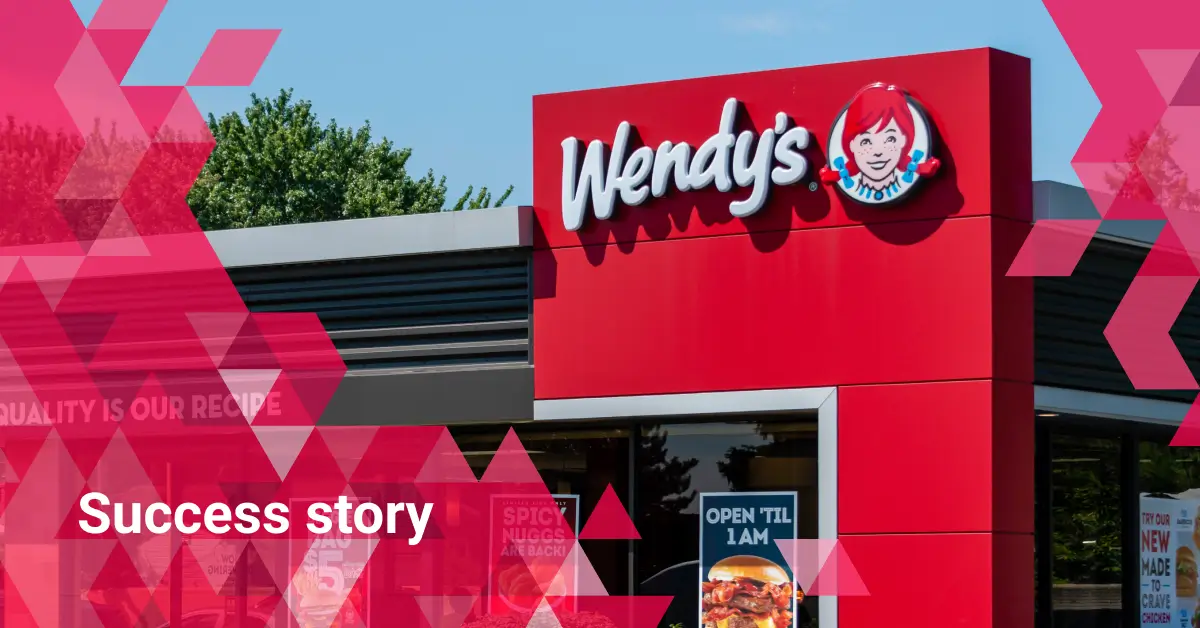The construction industry is aging.
In the US, workers under the age of 25 make up almost 13% of the workforce but just 9% of the construction industry. As more workers retire, the industry is struggling to replace them. That makes it more vital than ever to retain the workers you have.
But knowledgeable, skilled workers are leaving the industry, often long before retirement — and the problem keeps getting worse. So, how can construction businesses reverse the trend?
One way to combat the labor shortage in construction and retain skilled workers is to improve communication for every employee. Changing the way that managers and foremen communicate can improve workflows, increase efficiency, and reduce the frustrations that cause so many workers to hang up their boots. Building better workplaces for construction crews will be key to building a successful business in the future.
The Challenge of Labor Shortage in Construction
There’s a paradox facing the construction industry. Business is booming. Post-pandemic projects are popping up all over the country, and demand is only expected to grow. In the housing sector alone, experts estimate that over 5 million new homes will need to be built over the next several years. Yet, many construction businesses are facing unprecedented challenges as they struggle to staff worksites.
In late 2021, the Home Builder Institute reported that the construction industry needs to hire 2.2 million people over the next three years to keep up with demand. Those workers are hard to come by. The 2008-2011 Great Recession drained the industry of valuable workers who never came back. Aging and retirement without consistent generational replacement took a toll. And the Great Resignation has turned a problem into a crisis.
But hiring isn’t the only issue. A person new to the industry isn’t a 1:1 replacement for a skilled and knowledgeable worker. As our 2022% Frontline Workers Report showed, a full 88% of construction companies reported difficulty finding experienced workers with the skills to immediately take on responsibilities.
That lack of experienced construction workers makes jobs less efficient, less safe, and far less profitable.
To survive, construction companies need to retain their best workers. And retention starts with better communication.
Change Your Communication to Retain Employees
What makes skilled employees leave a well-paying job?
- Frustration with day-to-day operations.
- Doing more work than they’re being paid for because of understaffing. Safety concerns that come from working alongside poorly-trained colleagues.
Much of this boils down to poor communication and inefficient operations. Improving workforce engagement is key to improving retention and managing the labor shortage in construction.
1 Centralize Information
From the outside, the construction industry might not seem like a paperwork-heavy business. But anyone inside knows otherwise. From blueprints to company policies to subcontractor and vendor agreements, the list of documents often seems endless.
Paperwork is one of the most valuable ways of communicating important information in the construction industry, but skilled workers don’t want to spend their time hunting it down. A central documentation hub that gives employees access to everything they need via their smartphone boosts productivity, eliminates confusion, and lets construction workers focus on what they do best.
2 Improve Training Through Automation
There are a lot of lessons that have to be learned on the job, but not everything can or should be learned in the field. Formal training is critical in the construction industry, and an excellent training strategy can go a long way toward improving retention.
A technology built for frontline workers allows construction companies to standardize and automate training to ensure everyone receives consistent instructions.
Communicating training information via a frontline platform drives retention in two major ways:
- Ongoing training supports skilled workers’ professional development by expanding their knowledge base. Investing in employees’ futures is critical to keeping your workforce engaged, motivated, and committed.
- Automated onboarding and training for new employees allows more experienced workers to focus on their jobs rather than answering questions or showing others how it’s done.
Better training reduces stress, boosts morale, improves safety, and ensures everyone is on the same page.
3 Use Multichannel Communication Strategies
The nature of construction means that it’s not always easy to communicate with everyone at once, and the diversity of the workforce also means that there is no one best way to get messages across. To truly reach your construction workers, you need to account for a range of personalities, learning styles, languages, and technical fluencies.
A frontline operating system with chat, video, and slideshow functionality allows you to deploy effective, multichannel communication strategies that speak to your diverse workforce. It also gives managers the ability to see if employees receive messages, reducing the risk of missed communications.
When information is communicated in a way that’s meaningful to each worker, your team becomes stronger.
4 Support Multilingual Comms
The construction industry is filled with talented, diverse workers who speak different languages. With a multilingual workforce, construction companies must ensure that everyone can understand their internal communications.
A frontline operating system that instantly translates messages ensures that teams can communicate effectively and efficiently. From shift scheduling to safety regulations to company goals, user-friendly translation tools give employees the information they need and unite a diverse workforce.
It’s not just messages from management that need to be translated. Translation tools empower workers to talk to each other across language divides, allowing them to share knowledge, troubleshoot problems, create better workflows, and just connect. Translation gives every worker a voice.
With translation tools, construction companies can cast a wider net when hiring and training new employees faster. They also make life easier for long-time employees. For retention and recruitment, a multilingual communication strategy is the way to go.
Technology That Empowers People
Attracting young workers is only part of the solution to the labor shortage in construction. Transforming how you communicate with existing workers can go a long way toward retaining the talent you need to take advantage of today’s opportunities.
Beekeeper’s mobile-first frontline operating system helps you keep the skilled workers you have and helps new employees ramp up faster.
Our innovative platform can be accessed from anywhere, whether on the jobsite, at corporate, or on the road. From centralized documentation to multimedia presentations to inline translation, we give you the tools to get everyone working together and working better. With Beekeeper, you can unlock opportunities to retain your best employees and create an even brighter future.
Want to see how Beekeeper helped Wanzek Construction take on the labor shortage in construction and generate over 500 employee referrals in 3 months? Read our case study.

About the author
Beekeeper
We make frontline lives easier, work safer, and teams more connected so businesses can reach new heights. At Beekeeper, we’re dedicated to making frontline lives easier by connecting workers with the tools, support, and information they need to feel valued, do their best work, and drive the business forward.








